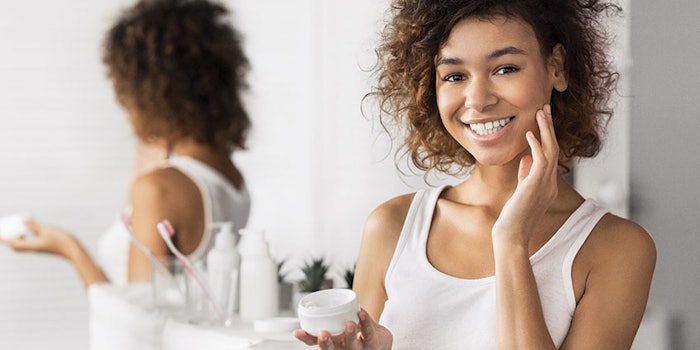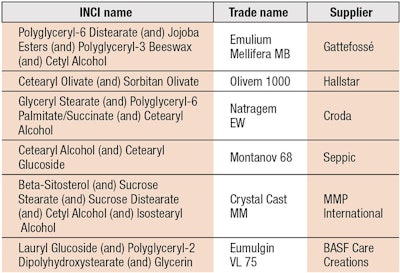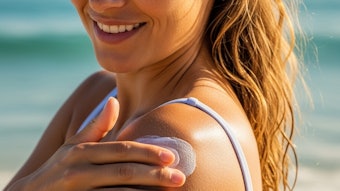
For the complete article, click through to the Nov./Dec. 2019 digital magazine.
Clean beauty is one of the latest trends companies are jumping on to describe the products they offer. As there is generally no agreed upon definition for “clean beauty,” many organizations have taken to self-definitions for this to suit their purposes. The general agreement, however, seems to imply that a clean beauty product or product line has been developed with a heightened sense of safety for consumers, and avoiding the use of some “bad actor” materials as well as unnecessary ingredients. These parameters require the formulations developed and ingredients utilized to be backed by supporting data that shows they have passed the test for topical use.
As a formulator, when developing a formula to fit the clean beauty profile, the approaches that seem to fit everyone’s needs include:
- Using ingredients that have a history of safe use in topical personal care formulations;
- If using new ingredients, ensuring the supplier has done their homework to determine the safety of the material;
- Ingredient safety testing that coincides with the recommended use level, if the supplier provides one. If not, the testing levels should serve as a guide to formula use levels;
- Avoiding the use of ingredients that consumers have been led to believe are “bad actors” in personal care, i.e., phthalates, parabens, sulfates and formaldehyde (I will not comment on whether these materials present any safety hazard to a formulation);
- Trying to minimize the number of ingredients in the formulation without compromising on performance and esthetics. This becomes a challenge when the project brief requests the addition of ingredients for marketing benefits rather than their functional contribution to product performance, esthetics or stability;
- Ensuring the functional ingredients in the formulation are used at the levels shown to be effective; and
- Trying to understand the biological activity of the materials used. For example, understanding the modes of action ingredients use to achieve their benefits—and how they may act in combination; i.e., whether they could compete with one another and cause reduced efficacy. This will also enable the use of fewer ingredients without compromising performance. The more you know about the chemistry and biochemistry of the materials you are using, the greater the chance of reducing the number of ingredients in a formulation to achieve the same results.
Selecting the Emulsifier
When formulating an emulsion system, one of the more daunting tasks is identifying and selecting the emulsifier to be used. Besides functionality, there is added pressure to move away from known traditional emulsifying systems since consumers demand PEG-free and natural materials.
The emulsifier system forms the basic foundation and structure of an emulsion, so if changes are made to what has previously been successful, the long-term, i.e. two-year, shelf life of the new product system becomes uncertain. The use of polyglyceryl esters, sucrose esters and glucoside materials as alternatives to PEG-based materials has increased in popularity, and the knowledge base has grown in how to formulate safe, stable and esthetically acceptable emulsions using these materials. Many ingredient suppliers have come up with drop-in combinations to achieve these characteristics; a sampling of some commercially available systems are shown in Table 1.
Of course, before using these or any other emulsifying systems, it is important to learn how and how not to use them, which usually is provided by the supplier. By doing your homework, you will avoid the need to add other materials to compensate for stability issues you may have otherwise encountered.
Developing a clean beauty formula does not preclude the use of an emollient system with a safe history of use, or whose dossier shows its suitability and safety for topical use.
Emulsion systems are generally more stable with a combination of emulsifiers. This approach strengthens the oil and water interface by orienting emulsifiers in each of the phases. However, emulsion systems including four or five emulsifiers is usually unnecessary and neither helps to achieve a stable emulsion, nor a simplified clean beauty formula.
Unfortunately, even after doing all of your homework to select the right emulsifying system, the proof will be evident in the making of the emulsion and the results of the stability testing.
Continue reading in the digital magazine...













